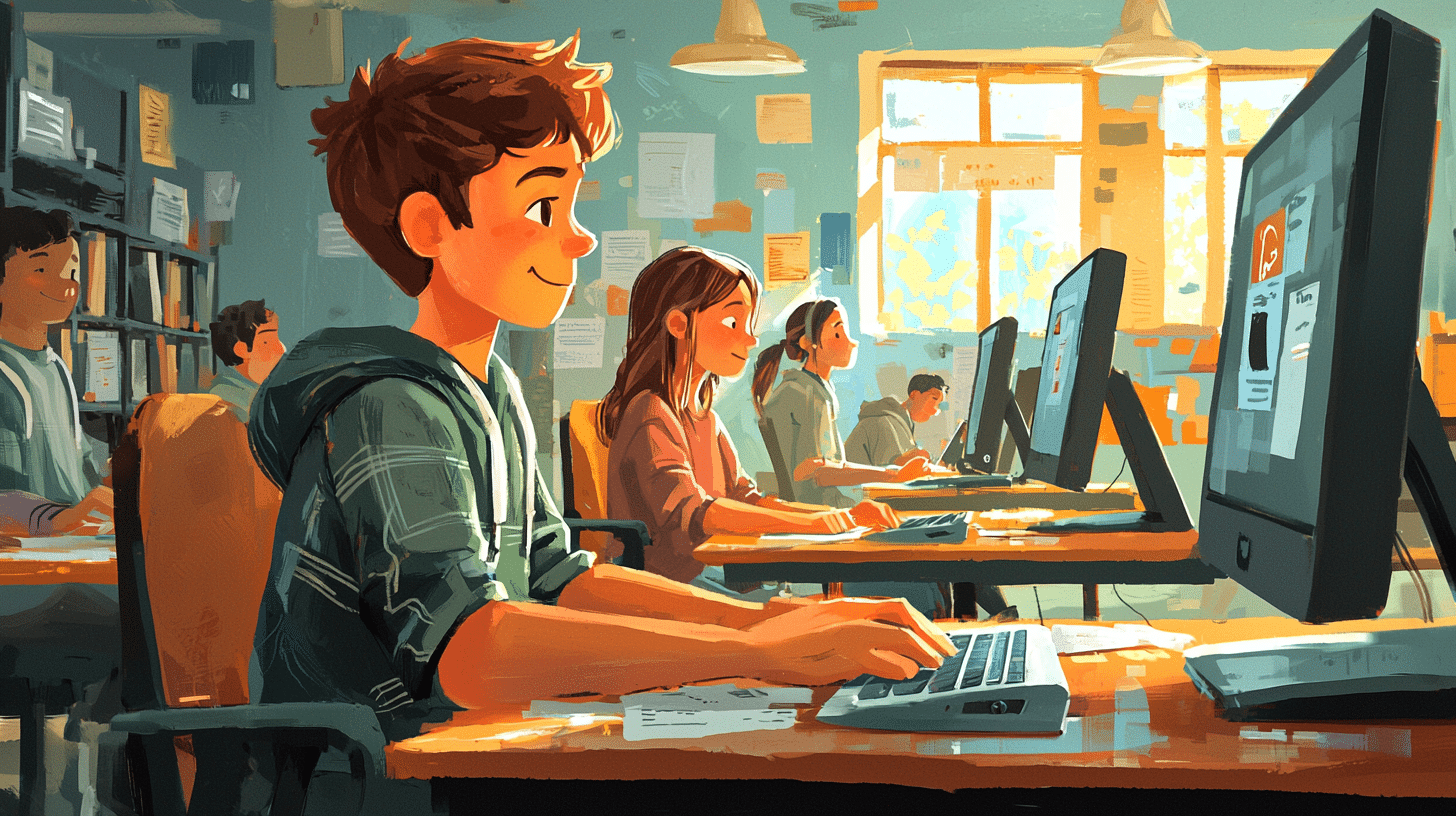The Belarusian language, one of the East Slavic languages, is known for its rich grammatical structure, including a complex system of declensions for both nouns and adjectives. Understanding how to properly decline adjectives in Belarusian is essential for achieving fluency and ensuring that your speech or writing is grammatically correct. This comprehensive guide aims to provide you with a thorough understanding of the declension of Belarusian adjectives, covering all necessary aspects such as gender, number, case, and exceptions.
Understanding Belarusian Adjectives
Before diving into declensions, it’s important to understand what adjectives are and their function in a sentence. Adjectives are words that describe or modify nouns. In Belarusian, adjectives must agree with the nouns they modify in gender, number, and case. This agreement is reflected through the use of different endings for adjectives.
Gender, Number, and Case
Belarusian adjectives change their form based on the gender (masculine, feminine, neuter) and number (singular, plural) of the noun they modify, as well as the grammatical case (nominative, genitive, dative, accusative, instrumental, locative) in which the noun appears.
Gender
1. **Masculine**: Adjectives modifying masculine nouns typically end in -ы or -i (after a soft consonant).
2. **Feminine**: Adjectives modifying feminine nouns typically end in -ая or -яя.
3. **Neuter**: Adjectives modifying neuter nouns typically end in -ае or -яе.
Number
1. **Singular**: Adjectives in the singular form will have endings that correspond to the gender of the noun.
2. **Plural**: Adjectives in the plural form will generally end in -ыя or -ія.
Case
Belarusian uses six grammatical cases, each serving a different function in a sentence. The endings of adjectives change depending on the case of the noun they modify.
Declension Tables
To simplify the process, let’s look at declension tables for masculine, feminine, and neuter adjectives in both singular and plural forms.
Masculine Adjectives
| Case | Ending (Hard) | Ending (Soft) |
|————-|—————-|—————|
| Nominative | -ы | -i |
| Genitive | -ага | -яга |
| Dative | -аму | -яму |
| Accusative | -ы (inanimate) / -ага (animate) | -i (inanimate) / -яга (animate) |
| Instrumental| -ым | -ім |
| Locative | -ым | -ім |
Feminine Adjectives
| Case | Ending (Hard) | Ending (Soft) |
|————-|—————–|—————|
| Nominative | -ая | -яя |
| Genitive | -ай | -яй |
| Dative | -ай | -яй |
| Accusative | -ую | -юю |
| Instrumental| -ай | -яй |
| Locative | -ай | -яй |
Neuter Adjectives
| Case | Ending (Hard) | Ending (Soft) |
|————-|—————–|—————|
| Nominative | -ае | -яе |
| Genitive | -ага | -яга |
| Dative | -аму | -яму |
| Accusative | -ае | -яе |
| Instrumental| -ым | -ім |
| Locative | -ым | -ім |
Plural Adjectives
| Case | Ending (Hard) | Ending (Soft) |
|————-|—————–|—————|
| Nominative | -ыя | -ія |
| Genitive | -ых | -іх |
| Dative | -ым | -ім |
| Accusative | -ыя (inanimate) / -ых (animate) | -ія (inanimate) / -іх (animate) |
| Instrumental| -ымі | -імі |
| Locative | -ых | -іх |
Examples
Let’s apply these rules to specific adjectives to see how they change:
1. **Красны (Red)**
**Masculine**:
– Nominative: красны дом (red house)
– Genitive: краснага дома
– Dative: краснаму дому
– Accusative: красны дом (inanimate) / краснага чалавека (animate)
– Instrumental: красным домам
– Locative: красным доме
**Feminine**:
– Nominative: красная кветка (red flower)
– Genitive: краснай кветкі
– Dative: краснай кветцы
– Accusative: красную кветку
– Instrumental: краснай кветкай
– Locative: краснай кветцы
**Neuter**:
– Nominative: краснае поле (red field)
– Genitive: краснага поля
– Dative: краснаму полю
– Accusative: краснае поле
– Instrumental: красным полем
– Locative: красным поле
**Plural**:
– Nominative: красныя дамы (red houses)
– Genitive: красных дамоў
– Dative: красным дамам
– Accusative: красныя дамы (inanimate) / красных людзей (animate)
– Instrumental: краснымі дамамі
– Locative: красных дамах
Adjectives with Soft Endings
Adjectives with soft endings follow similar rules but have different specific endings. For instance, the adjective **”новы” (new)**:
**Masculine**:
– Nominative: новы (new)
– Genitive: новага
– Dative: новаму
– Accusative: новы (inanimate) / новага (animate)
– Instrumental: новым
– Locative: новым
**Feminine**:
– Nominative: новая
– Genitive: новай
– Dative: новай
– Accusative: новую
– Instrumental: новай
– Locative: новай
**Neuter**:
– Nominative: новае
– Genitive: новага
– Dative: новаму
– Accusative: новае
– Instrumental: новым
– Locative: новым
**Plural**:
– Nominative: новыя
– Genitive: новых
– Dative: новым
– Accusative: новыя (inanimate) / новых (animate)
– Instrumental: новымі
– Locative: новых
Common Irregularities and Exceptions
As with any language, there are exceptions and irregularities in the declension of Belarusian adjectives. Some adjectives might not follow the standard patterns due to historical or phonetic reasons. For example:
1. **Адзіны (only)**:
– Nominative: адзіны
– Genitive: адзінага
– Dative: адзінаму
– Accusative: адзіны (inanimate) / адзінага (animate)
– Instrumental: адзіным
– Locative: адзіным
Practice and Usage
To master the declension of Belarusian adjectives, consistent practice is crucial. Here are some tips to help you practice effectively:
1. **Flashcards**: Create flashcards with different adjectives and practice their declensions.
2. **Reading**: Read Belarusian texts and pay attention to how adjectives are used and declined in various contexts.
3. **Writing**: Write sentences or short paragraphs using different adjectives and their declensions.
4. **Speaking**: Practice speaking with native speakers or language partners, focusing on using the correct adjective forms.
Conclusion
Understanding the declension of Belarusian adjectives is a fundamental aspect of mastering the language. By learning the patterns and practicing regularly, you can ensure that your use of adjectives is grammatically accurate. While the rules may seem complex at first, with dedication and practice, you’ll find that they become more intuitive over time. Use this guide as a reference, and don’t hesitate to seek additional resources or assistance if needed. Happy learning!

